Bart de Jong
Surprise, surprise! Alex Donnachie’s latest part, Tomorrow Land, is here to bang you over the head on a Wednesday morning. Filmed entirely in Cumbernauld, Glasgow over the course of five days spread across three months In true Alex fashion, he masterfully mixes tech and burly in this four minute heater. Below, Alex breaks down the town of Cumbernauld, give that a read and hit play!
We are back on the BMX Straight Rhythm, on 22-23 August we will race again and we're making sure the track is in great shape.
Allrounderskills gefragt! Beim Chemnitzer Spotfight wird ein besonderes Motto gelebt: 2 Spots, 2 Days, 2 Skills, 1 Winner!
This dude has been on a damn rampage recently, and he doesn't seem to be slowing down anytime soon. Antonio Smallwood doing his thing for Procedure, with Luc Lynch-Rice behind the camera. Enjoy!
Op 21 en 22 juni vond de UCI BMX Racing World Cup plaats #OpPapendal. Van razendsnelle sprints tot pure emotie op de finishlijn. De beste rijders van de wereld, het publiek dat alle heats meeleefde en een sfeer die je nergens anders vindt. Beleef het onvergetelijke BMX-weekend op Papendal opnieuw met de officiële aftermovie.
The third annual @eurobikeshowSKYLINE BMX Contest in Frankfurt, Germany was crazier than ever. Catch all of the highlights in our video above!
No Plan. Just Instinct.
Thank you to everyone who rode, volunteered, hung out, and worked on the jam. Follow us on Instagram at @magnoliabmx and come visit us at 216 Monroe Street, Lafayette, LA 70501 7 days a week.
2025 Euro Champs Pro BMX Racing Track Preview.
We loved the trip in our RV last year so much, that we decided to give it a little upgrade. I'll take you guys with us on a video where we pick it up and drive it back across the US.

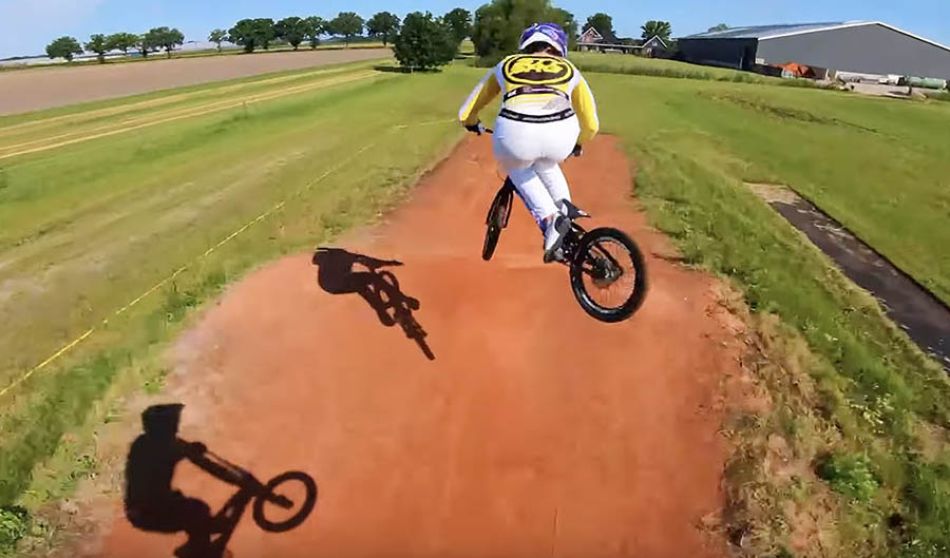
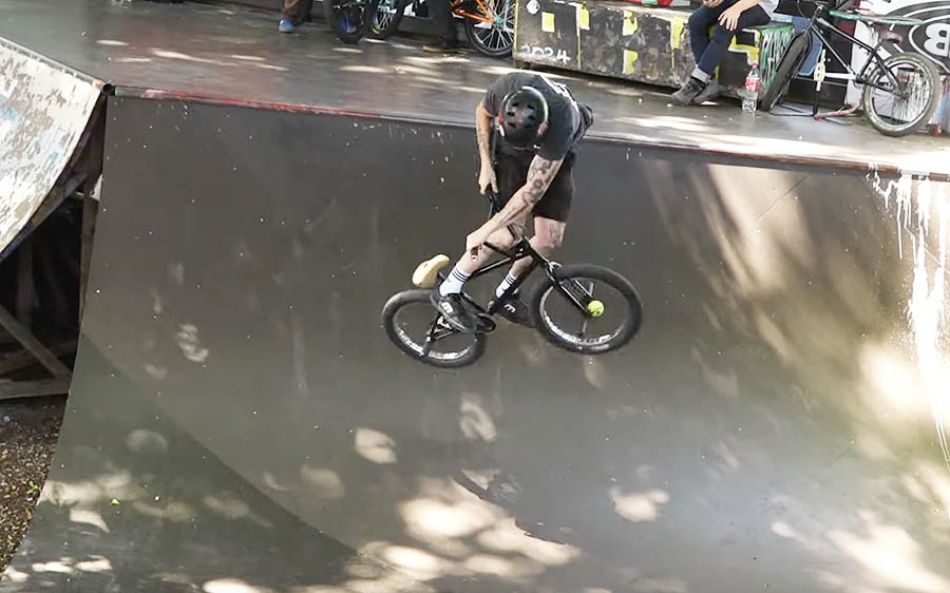
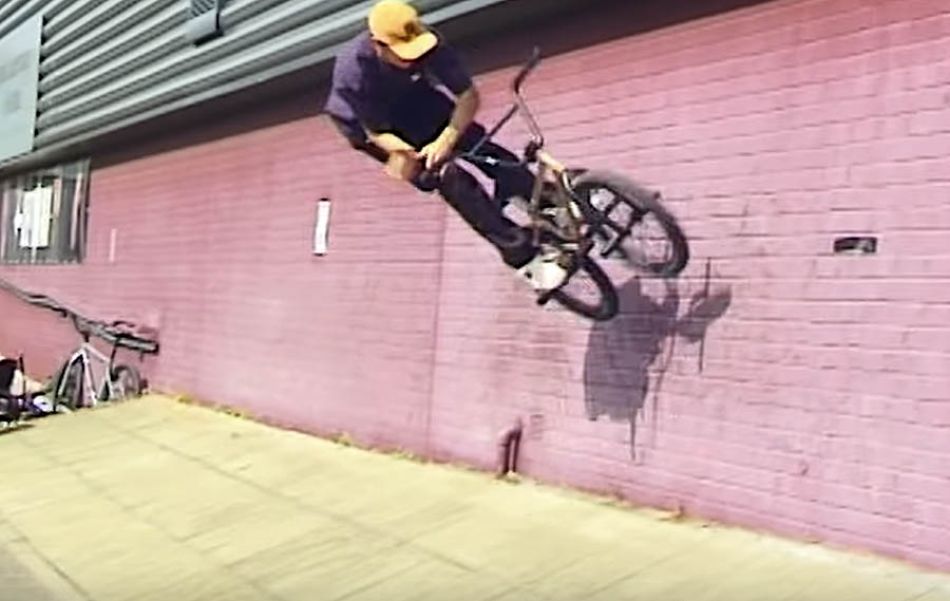

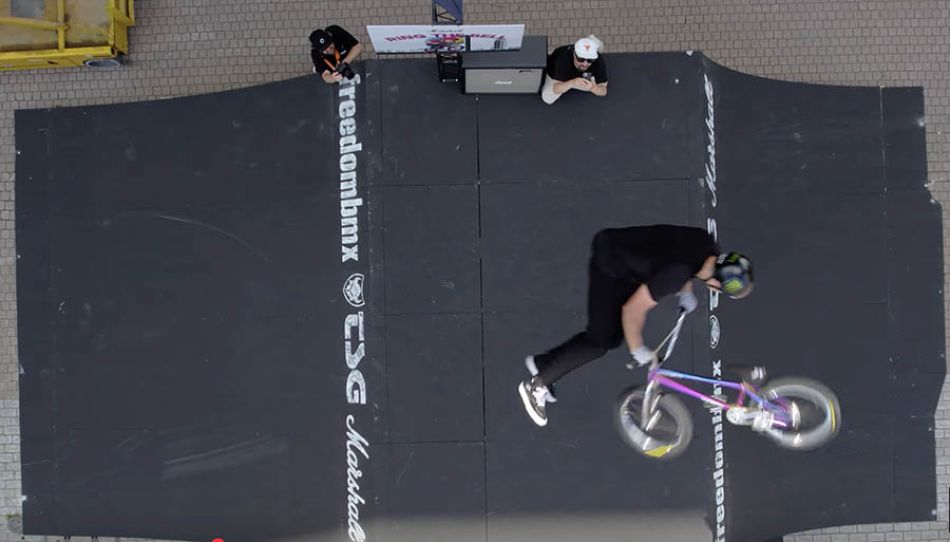
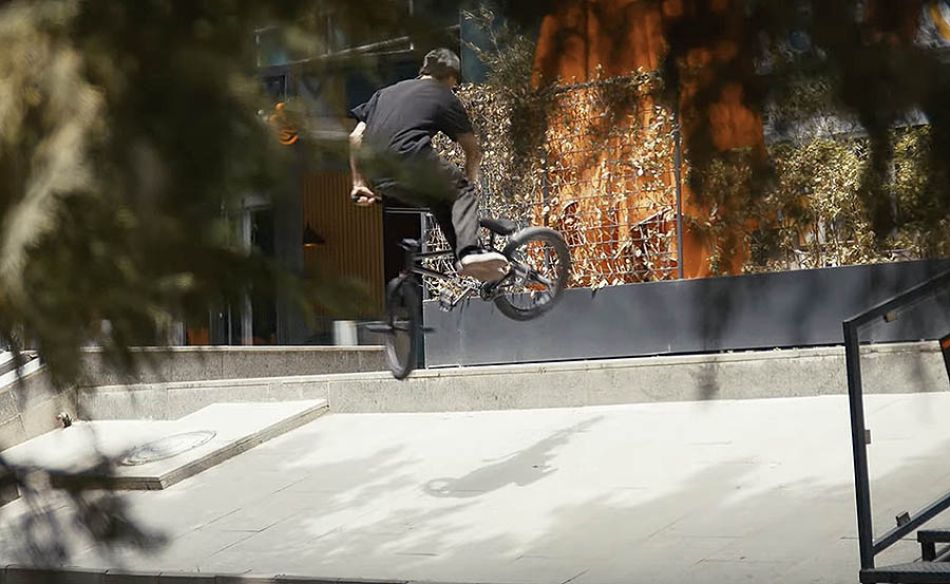
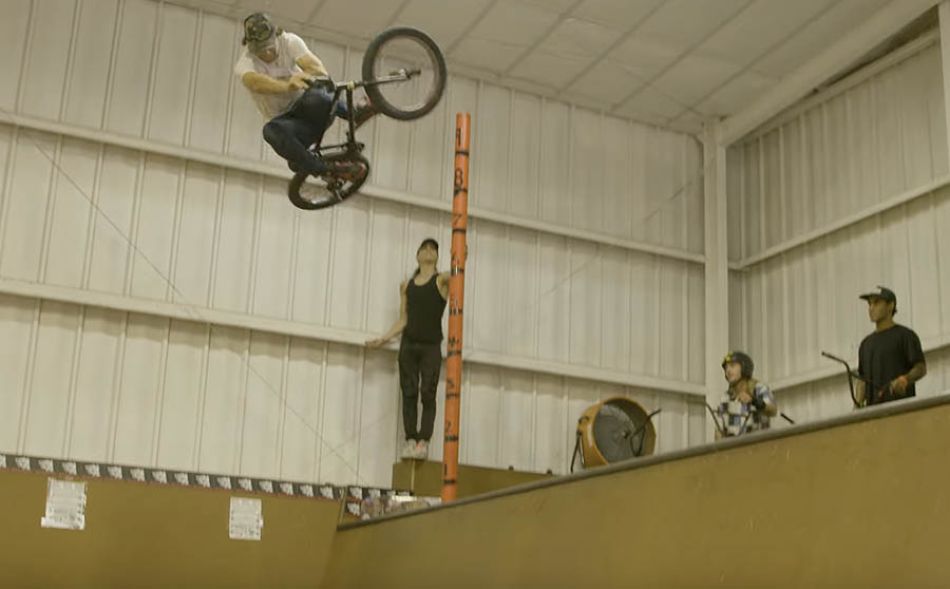






 After doing a BMX 'zine for ten years (1987 - 1996) FATBMX made it on the internet. The year was 1998. Here to stay.
After doing a BMX 'zine for ten years (1987 - 1996) FATBMX made it on the internet. The year was 1998. Here to stay.